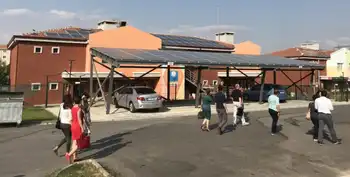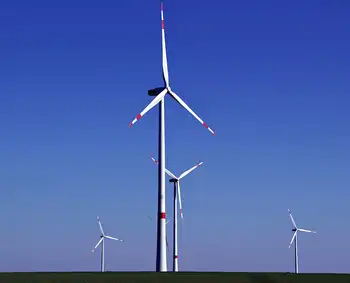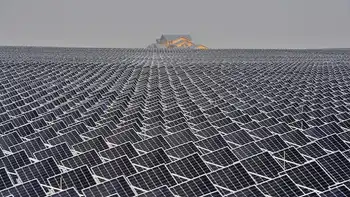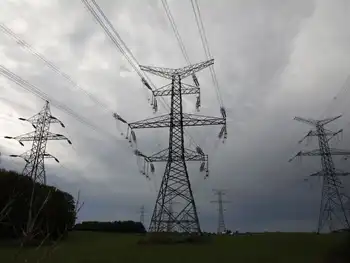North Dakota regulators mull coal drying project
By Associated Press
High Voltage Maintenance Training Online
Our customized live online or in‑person group training can be delivered to your staff at your location.

- Live Online
- 12 hours Instructor-led
- Group Training Available
The commission took no action after meeting informally with lawyers and officials representing the Dakota Resource Council, of Dickinson, and GTL Energy USA Ltd., which is part of an Australian coal mining company.
The council believes the plant requires a state coal mining permit, while the commission is uncertain whether it has jurisdiction over the facility, which GTL Energy began building near South Heart.
The plant is designed to clean and extract water from lignite to improve its energy value, and company officials say it is not a mining operation.
Jim Deutsch, the commission's reclamation director, concluded earlier that the commission lacked jurisdiction over the GTL Energy plant because it did not require a coal mining permit. The Dakota Resource Council wants the three-member commission to review the case itself.
Commission President Susan Wefald said the council could file a complaint itself to force the commission to hold a formal hearing on the issue. Paul Blackburn, an attorney for Plains Justice, a Cedar Rapids, Iowa, organization that is supporting the DRC, said the group would be mulling its options.
Brian Bjella, a Bismarck attorney for GTL Energy, said the environmental group was attempting to stall the project.
He and company officials came to the meeting prepared to argue whether the commission had jurisdiction in the case, and the Dakota Resource Council should have done likewise, Bjella said. The council has known about the proposed plant for months, he said.
"To us, this is just another example of seeking to string this out as long as they possibly can... when they had multiple options already," Bjella said. The financial impact of an enforced halt to construction "is huge," he said.
Blackburn said the DRC also is interested in a quick resolution to the dispute. If the coal-drying process GTL wants to try on North Dakota lignite is successful, it could make it into a fuel that could be shipped outside the state, Blackburn said.
At present, it is impractical to ship low-quality lignite great distances. Instead, it is used to fuel electric power plants in western North Dakota's coal country.
"If they are successful in their commercialization, there could be very many facilities like this," Blackburn said. "It could result in the rapid expansion of coal mining in North Dakota, and we think that is an important issue that should be discussed more thoroughly."











